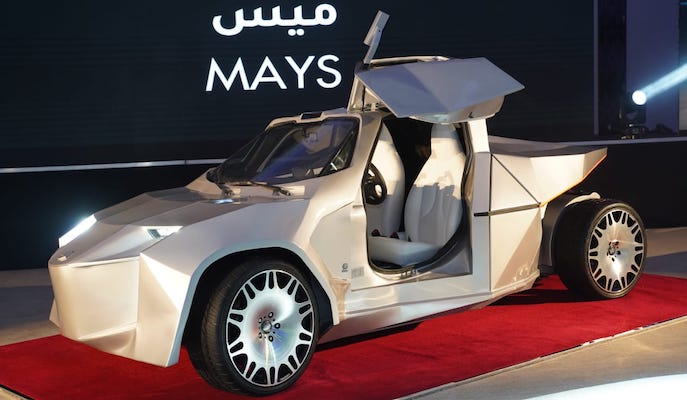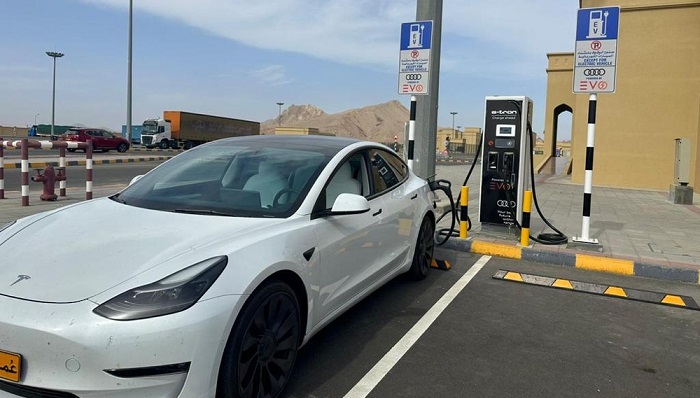

Muscat: The Ministry of Transport, Communications and Information Technology (MTCIT) has announced the distribution of a number of electric car charging stations on various national and arterial roads in the Sultanate of Oman, with the aim of promoting a culture of adopting modern technologies and reducing carbon emissions.
The ministry stated that it seeks to provide many green mobility solutions and contribute to supporting the electric vehicle system in the Sultanate of Oman, in line with its national programme to achieve carbon neutrality for the transport sector 2050.
Ministry of Transport, Communications and Information Technology indicated that the available electric car charging stations will cover 90 locations along the roads of the Sultanate of Oman.
49 stations in the Governorate of Muscat distributed on highways and some public places, as follows:
Baushar -18 stations
Muscat -two stations
Muttrah -six stations
Seeb -22 stations
In North Al Batinah Governorate, there are ten charging stations distributed as follows:
Sohar and Shinas - one station each
Liwa and Saham -two stations each
Suwaiq -four stations
With regard to Al Dakhiliyah Governorate, there are eight charging stations distributed among:
Nizwa -7 stations
Manah- one station
There are four charging stations in Al Wusta Governorate:
Haima -three stations
Duqm -one station
There are also 12 charging stations in the Dhofar Governorate, including:
Thumrait -four stations
Muqshin -three stations
Salalah -five stations
As for the governorates ofMusandam, Al Buraimi, Al Dhahirah and South Al Sharqiyah, one charging station has been established for each governorate. The border areas have four charging stations.
The Ministry of Transport, Communications and Information Technology is working intensively with the private sector to strengthen the infrastructure of the Sultanate of Oman and prepare it for electric cars so that it covers most of the roads.
The ministry has developed a plan in the near term to install more than 140 general chargers by the end of 2023, and more than 350 general chargers by the end of 2026.